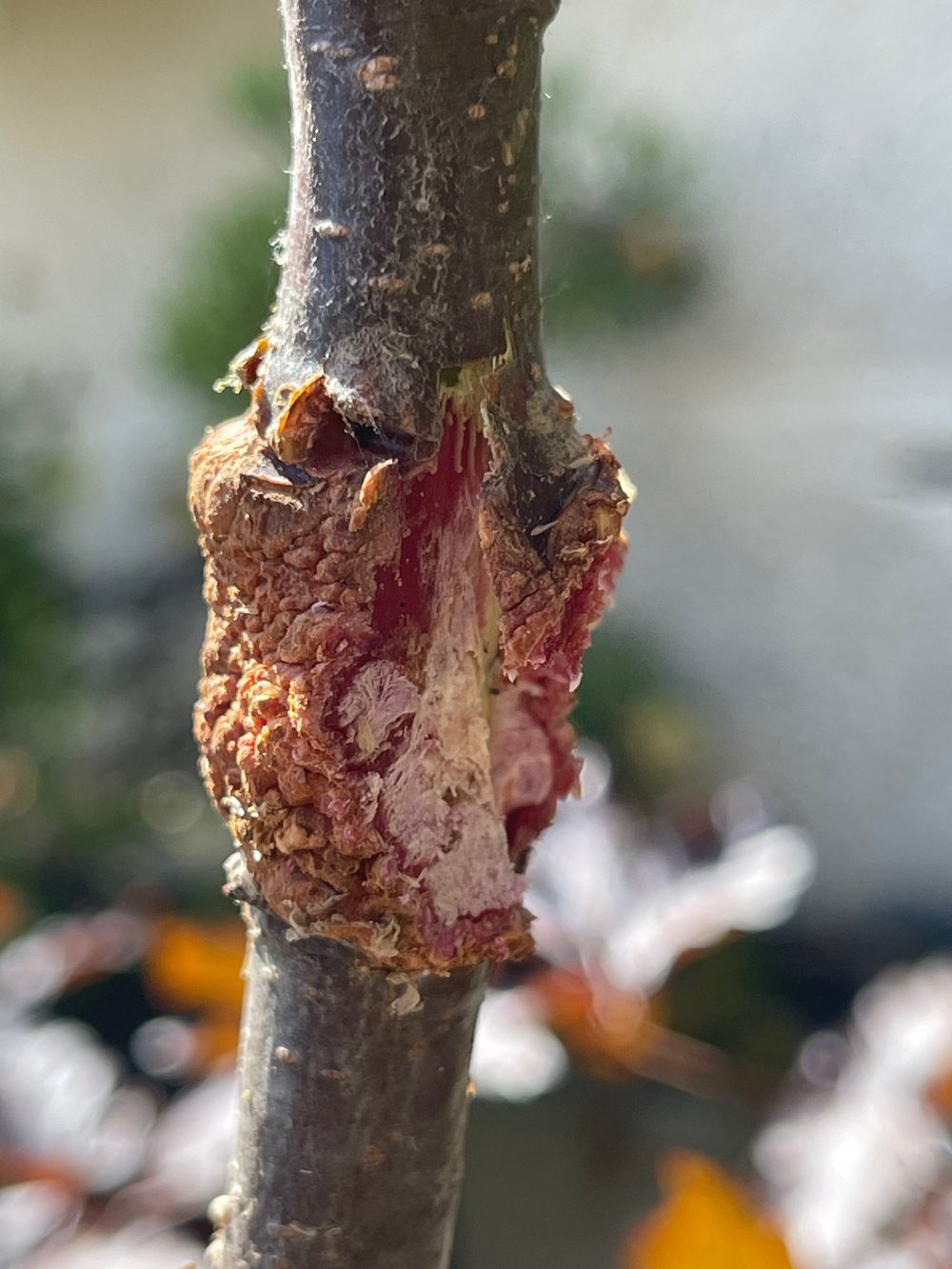This Forum will close on Wednesday 27 March, 2024. Please refer to the announcement on the Discussions page for further detail.
Air layering on copper beach etc gone wrong
in Plants
I am having problems with air layering using Stgman moss. if that's how it is spelled.
years ago I
was quite useful when I used peat compost But today compost is like mud.
compost is like mud.
So I used by
recommendation for this sphagnum moss,
please see the photos. So far all my efforts this year have failed. be it on this copper beach. a polyantha and azalea and Japanese maple. yes, I know I cannot spell Dyslexia. and no time to search.
can anyone please
tell me what's gone wrong? if I cut this. will it grow? or do I have to start
again? What is this growth?

0
Posts
Also, it appears you have used the main trunk. Normally you would use a horizontal branch.
When you don't even know who's in the team
S.Yorkshire/Derbyshire border
When you don't even know who's in the team
S.Yorkshire/Derbyshire border
Be aware that root formation for some species can take more than one year so be patient. It depends on factors such as the vigour of the tree, temperature/humidity, the propagation medium and the layering technique etc.
The wound can be done by girdling with wire, scraping the bark with a knife, crushing the bark with a pair of pliers or by the most effective method, making a banding cut.
When making the banding cut be sure to cut into the cambium layer, peel away the bark then scrape away the cambium layer.
For some vigorous species where you make the banding cut on the main trunk and not on a side branch, you may need to make the cut wider than normal otherwise it will bridge and heal itself. I had this happen to apple and plum trees, and they still produced fruit as if nothing had happened!
The best time to start an air layer is spring (around April time) just as the sap starts flowing and the buds begin to move but before coming into full leaf.
Be generous with the growing medium (eg sphagnum moss, compost, soil etc) when wrapping the ball of medium onto the tree and tying it off. The ball should cover a greater portion of the cut furthest away from the main part of the tree as roots will develop from that area.
The medium should be moist and not waterlogged - the organic material inside the wrap, including the bark, may start to rot before roots develop so you need to squeeze out any excess water.
Rooting hormone powder or liquid is optional but it is better to use it just to reduce the chances of failure.
I find that air layers are more successful if done on a branch on the warm sunny side of the tree. My guess is that the sun induces more activity in that branch as compared to one that is in shade. This in turn induces roots to form.
The ball will also be heated by the sun and this probably will also aid root formation (there is probably an optimum temperature for it to happen).
As the tree comes into full leaf, the temperature of the ball will be regulated by the leaf canopy, however, if it is likely to be baked by direct sun light in the height of summer then it is probably wise to wrap kitchen foil around the ball to even out the heat distribution. This also excludes all light to the ball and prevents moss from forming inside the wrap which is a good thing.